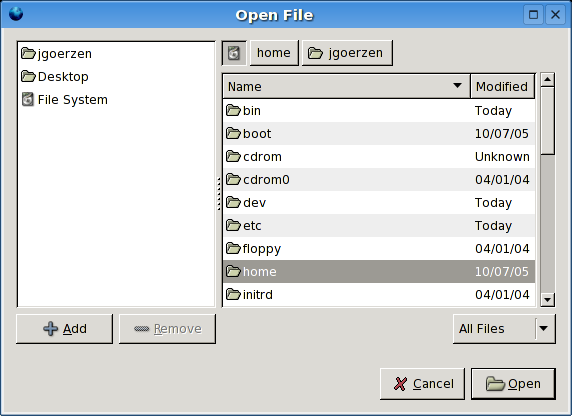I’ve been using NiMH batteries for quite a few years now. Ever since my first-ever digital camera came with a free AA charger and four free rechargable NiMH batteries. I’m still using that charger, and it’s been almost 10 years.
I have a few complaints about my existing charger. It won’t charge AAA batteries, and it doesn’t have a discharge feature. Without that, it can be difficult to avoid shortening battery life due to the memory effect which even NiMH batteries are susceptible to. Also, it charges batteries in pairs, which can result in various charging problems when dealing with batteries of uneven charge or uneven storage characteristics.
Also, many of my batteries were old.
So, I set out to find a better charger, and to find the best current NiMH batteries.
The Charger
A little Googling revealed a very useful page at Steve’s Digicams. They suggested the Lacrosse BC-900 Advanced Charger. I ordered this unit from Thomas Distributing and must say it is a very slick unit. It has four main modes: charge, which does a simple charge-until-full; discharge, which will discharge then charge a battery; refresh, which discharges then charges the battery repeatedly until no increase in capacity is measured; and test, which checks the condition of the battery.
The charging and discharging current is fully configurable. I opt for a gentle, slow 200 mA charging current. But others can increase it to many times that. The BC-900 has a built-in temperature cutoff circuit, so it will pause charging if your batteries are about to overheat.
The BC-900 can charge up to 4 AA or AAA batteries simultaneously. Each battery is charged individually, and each battery can have its own mode and charging/discharging current set.
The unit comes with some starter NiMH AA and AAA batteries, plus a carrying case for batteries and the charger. Thomas Distributing also added four more free AA NiMH batteries (nice).
Batteries
I found the Great Battery Shootout site to help with choosing batteries. I eventually chose Maha Powerex batteries and have been happy with them as well. They come in various different capacities (including some larger than are listed on the shootout page) and Thomas Distributing had good prices.
Hope this helps if you’re planning on using rechargable batteries.
